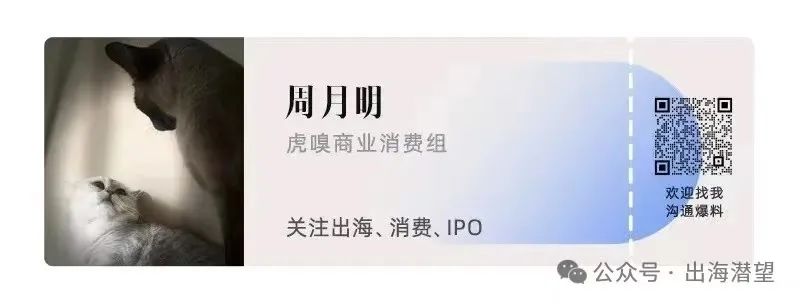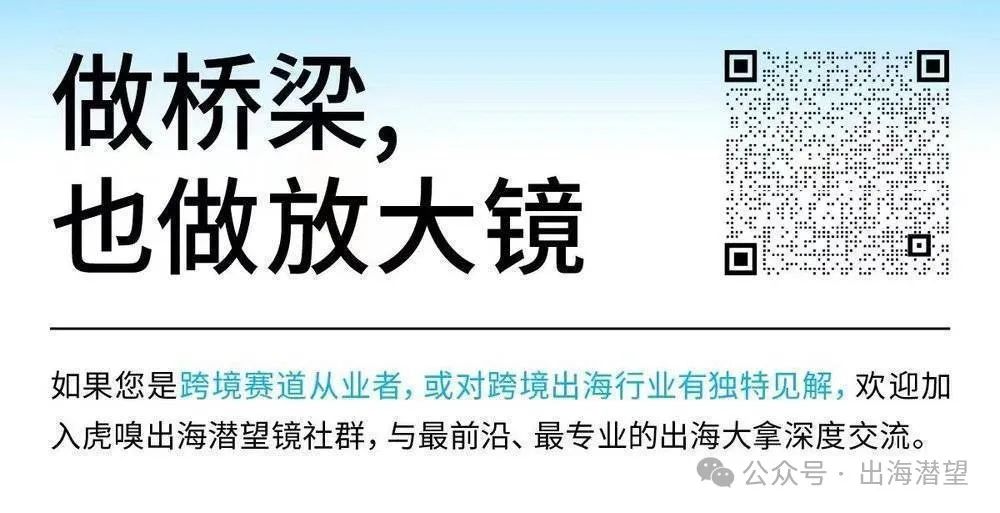html
How did a Chinese Hair Care Brand Conquer the European and American Markets? Uncovering the Global Strategy of Tymo
When a Chinese-made curling iron became the secret weapon for Hollywood stars’ red carpet looks, and when hair salons in the black community were stocked with hair care tools designed in Shenzhen, the Chinese brand Tymo was rewriting the global market landscape for hair care tools. Founded only 5 years ago, it has a compound annual growth rate of 200%-300%, with overseas revenue exceeding hundreds of millions of dollars. Behind these figures lies the secret code of Chinese brands going global.

1. Cutting in from the Fringe Market: Discovering the Gap in the 10 Billion Market
The global hairdressing tool market is growing at a rate of 4.5% per year and is expected to reach a scale of 25.7 billion US dollars by 2033. In this market, which is dominated by giants such as Dyson and Philips, TYMO has discovered an overlooked gold mine – the demand of the black community.
There are three reasons why traditional European and American brands have long ignored black users:
- They believe that the black community has insufficient spending power.
- Specially developed high-temperature equipment is required (black curls need to be set at 220 degrees, while white people only need 160 degrees).
- Multiple product functions need to be integrated (black styling usually requires 5-6 tools).
TYMO launched the first straightening comb dedicated to blacks, which integrates heating, styling, hair care and other functions. Although the price of $89 is higher than the average market price, it topped the Amazon hair care tool category in the second year of its launch, achieving a 400% sales growth.
2. Capture the Mainstream Market: Use Retro Styling to Explode on Social Networks
After establishing a foothold in the black market, TYMO began targeting the white female market. The core pain points of this group are: fine and soft hair, sparse hair, and flat hairstyles. After more than 200 styling tests, they found a breakthrough—the mermaid wave curls.

The secret to this 80s retro style’s comeback:
- 40% increase in visual volume.
- Styling lasts up to 72 hours.
- Operation time reduced from 45 minutes to 15 minutes.
Through TikTok platform beauty blogger instructional videos, the number of views of TYMO curling iron-related topics exceeded 230 million. In offline channels such as Walmart, the sales of curling irons increased from 18% to 35%, driving the strategic transformation of the product mix from a straightening tool to a styling tool.
3. Breaking the Traffic Dilemma: TikTok is Not a Panacea
Although it entered the top ten in the US market through TikTok Shop, TYMO soon realized the limitations of the platform:
- Traffic costs increased by 67% annually (2023 data).
- User repurchase rate is 35% lower than that of independent sites.
- Difficult to establish brand awareness.
Key strategic adjustments:
- Position TikTok as a “product laboratory”: test new products through 3,000+ influencers to verify market response.
- Establish a “content middle platform system”: break down the elements of popular videos into 32 standardized modules.
- Focus on female users aged 25-34: this group contributes 68% of cross-platform repurchases.
4. Hollywood Strategy: Four Key Campaigns for Brand Upgrading
When revenue exceeded the 300 million dollar threshold, TYMO began implementing a brand upgrade plan:

1. Celebrity collaboration strategy
Signed up new generation actress Margaret Qualley (star of Once Upon a Time in Hollywood), and established the perception of “red carpet styling expert” through 12 high-exposure nodes such as the Oscar awards season.
2. Mainstream media breakthrough
An annual partnership was reached with NBC’s “Today Show,” which has an average daily audience of 3.8 million, and brand search volume increased by 210%.
3. Fashion circle penetration
Become an official partner of New York Fashion Week, and product placement in 23 major shows reached the core group of designers and stylists.
4. Offline channel breakthrough
Three secrets to entering Target and Nordstrom:
- Provide exclusive color matching products.
- Training 200 in-store stylists.
- Establishing a “30-day styling challenge” experience area.
5. Three Cognitive Iterations of Chinese Brands Going Global
TYMO’s growth reveals the evolutionary path of Chinese companies going global:
1. Pricing power struggle
Avoid getting caught up in price wars by increasing the gross profit margin from 18% to 42% through brand premiums. Core method: embed 2-3 patented technologies in each product.
2. Localized operating system
Set up a creative center in Los Angeles, with the local team having 80% of the decision-making power. Important discovery: American users pay more attention to the “product story” than to the parameters.
3. Private domain traffic reconstruction
A database of 3 million members was established, and a “styling academy” content system was implemented, achieving a 23% repurchase contribution rate. Key actions: Free styling courses are offered every month.
6. The Cost and Rewards of Long-Termism
It takes courage to advertise in New York’s Times Square (at a cost of $150,000 a day), but TYMO’s monitoring data shows that:
- Brand search volume increased by 340.
- The proportion of sales of high-end product lines rose from 12% to 29%.
- The success rate of channel negotiations increased by 55%.
This Chinese brand has spent five years proving that in the seemingly saturated market for hair care tools, there is always an opportunity for innovators. While other brands are still calculating advertising click costs, Tymo has established its own styling empire in Hollywood. Their next goal is to make “Made in China” synonymous with professional hair care tools.
